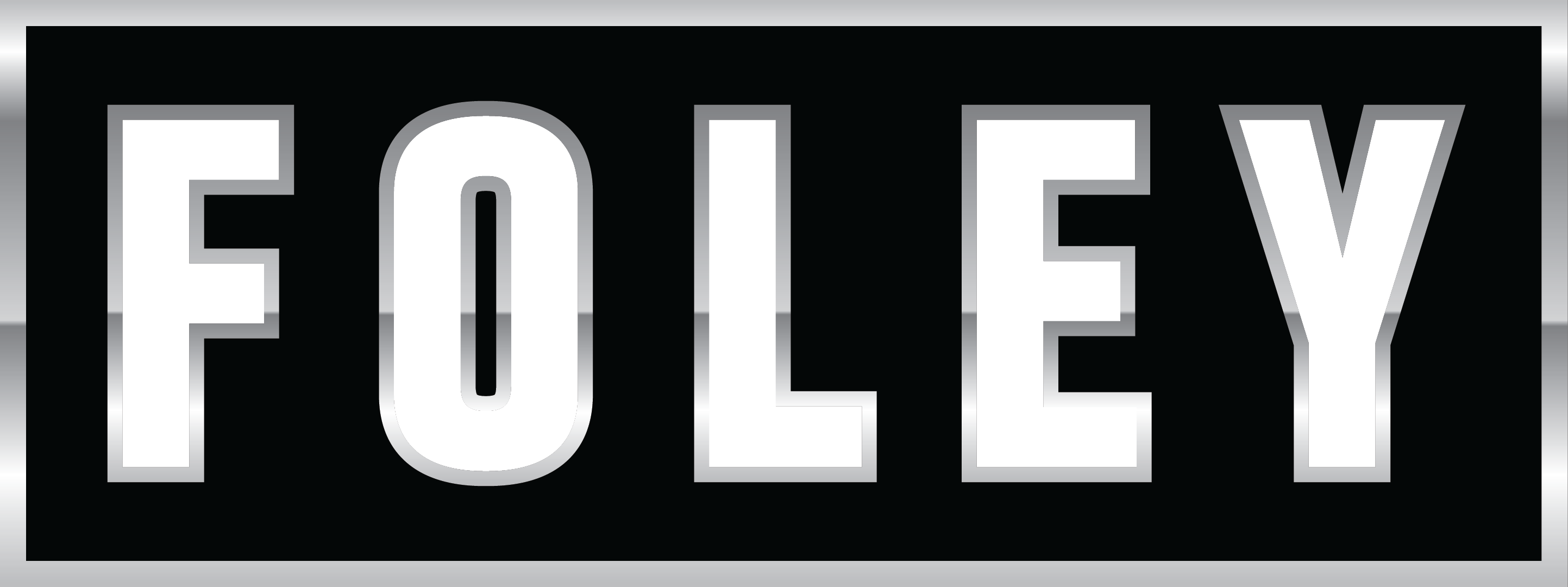
Bedknife to Reel Adjustment: Contact vs. No-Contact – What’s Best for Your Turf?
Jan 30
4 min read
2
637
When it comes to reel mower maintenance, few adjustments have as much impact as setting the bedknife to the reel. This fine-tuned adjustment determines how well your mower cuts, how much wear occurs, and ultimately, how healthy and playable your turf remains.
In the world of turf maintenance, there are two primary schools of thought:
Contact Setting – Where the reel blades lightly touch the bedknife at all times.
No-Contact Setting – Where the reel spins with minimal clearance from the bedknife but does not make direct contact.
Both methods have their place, and each comes with benefits and trade-offs. In this article, we’ll explore both approaches, explaining when and why each might be the right choice for your golf course or sports turf facility.

Understanding the Reel and Bedknife Relationship
A reel mower functions much like a pair of scissors. The rotating reel blades pass over the stationary bedknife, slicing grass cleanly rather than tearing it. The precision of this interaction is what makes reel mowers the preferred choice for high-quality turf surfaces.
The way you adjust the bedknife relative to the reel determines several factors:
Quality of Cut – Whether the grass is cleanly sliced or torn.
Wear on Components – How quickly the reel and bedknife dull.
Energy Efficiency – How much power is required to turn the reel.
Maintenance Intervals – How often grinding and adjustments are needed.
Let’s dive into the two different adjustment methods.
The Contact Setting: Always in Touch
What It Means
A contact setting means the reel blades are adjusted so they continuously make slight contact with the bedknife as they rotate. Think of it as a pair of scissors with the blades pressed together—every cut is crisp, precise, and consistent.
Advantages
Consistent Cutting Performance – With constant contact, every blade rotation results in a reliable, uniform cut. This is particularly important on greens and high-end fairways where even the slightest inconsistency is noticeable.
Cleaner Cut = Healthier Turf – A sharp, precise cut minimizes stress on the grass, reducing the chances of disease and improving recovery.
Reliable in Variable Conditions – Whether the grass is wet, thick, or fast-growing, a contact setting ensures the mower continues cutting effectively without adjustment.
Disadvantages
Increased Wear & Tear – With continuous friction between the reel and bedknife, both components wear faster, requiring more frequent grinding and sharpening.
Higher Power Demand – The constant contact creates resistance, making the reel harder to turn, increasing fuel or battery consumption.
Heat Buildup – Excessive contact can generate heat, leading to faster dulling of the cutting edges.
Best Uses for the Contact Setting
Golf Greens & High-End Fairways – Where premium turf quality is a top priority.
Courses with Frequent Maintenance Schedules – If you have a rigorous grinding program, the extra wear from contact settings can be managed.
Thick or Fast-Growing Grass – Ensures consistent cutting in challenging conditions.
The No-Contact Setting: Precision Without Friction
What It Means
A no-contact setting (also called minimal clearance) means the bedknife is adjusted as close as possible to the reel without actual metal-on-metal contact. Ideally, the grass is still cleanly cut, but without unnecessary friction between the blades.
Advantages
Reduced Wear on Components – Because the reel isn’t grinding against the bedknife, both parts last longer, reducing sharpening frequency and replacement costs.
Lower Energy Consumption – Less friction means the reel spins more freely, improving efficiency and reducing fuel or battery drain.
Less Heat & Stress on Metal – Without constant friction, heat buildup is minimized, keeping the blades sharper for longer.
Extended Grinding Intervals – Less wear means you can go longer between reel sharpening and relief grinding, saving time and money.
Disadvantages
Potential for Inconsistent Cutting – If not adjusted perfectly, a no-contact setting can lead to tearing instead of cutting, especially in thick or fast-growing grass.
Requires More Frequent Monitoring – Small changes due to vibration, wear, or environmental factors can affect performance, requiring frequent fine-tuning.
Grass Type & Conditions Matter – A no-contact setting may not work as well in wet, dense, or fast-growing turf where slight contact helps ensure a clean cut.
Best Uses for the No-Contact Setting
High-Volume Mowing (Fairways, Roughs, Sports Turf) – Ideal when some minor imperfections in cut quality are acceptable.
Battery-Powered & Hybrid Mowers – Maximizes efficiency and extends battery life.
Courses Focused on Equipment Longevity – Reducing reel and bedknife wear leads to long-term cost savings.
Dry or Low-Growth Conditions – Works well when grass is not overly dense or wet.
Which Setting is Best?
There is no one-size-fits-all answer—it depends on your turf, maintenance schedule, and operational goals.
Choose the Contact Setting if:
You demand the highest-quality cut, especially on greens and elite fairways.
You have a consistent grinding and sharpening schedule to manage increased wear.
Your conditions require precise, reliable cutting regardless of turf density.
Choose the No-Contact Setting if:
You want to extend reel and bedknife life, reducing sharpening frequency.
You are mowing large areas like fairways, roughs, or sports fields where minor imperfections are acceptable.
You use battery-powered or hybrid mowers and need to maximize energy efficiency.
Final Thoughts: Striking the Right Balance
For many golf courses and sports turf facilities, the best approach is a hybrid of both methods. Many superintendents use a contact setting for greens and high-end fairways while opting for a no-contact setting on fairways, roughs, or lower-maintenance areas.
Regardless of your choice, regular inspections, sharp reels, and proper adjustments are key to maintaining peak mower performance. Whether you're looking for the perfect cut or the most efficient operation, understanding the nuances of bedknife-to-reel adjustment will help you make the best decision for your facility.
At the end of the day, the goal is simple: a sharp, clean cut that promotes healthy, beautiful turf while maximizing efficiency and longevity.
